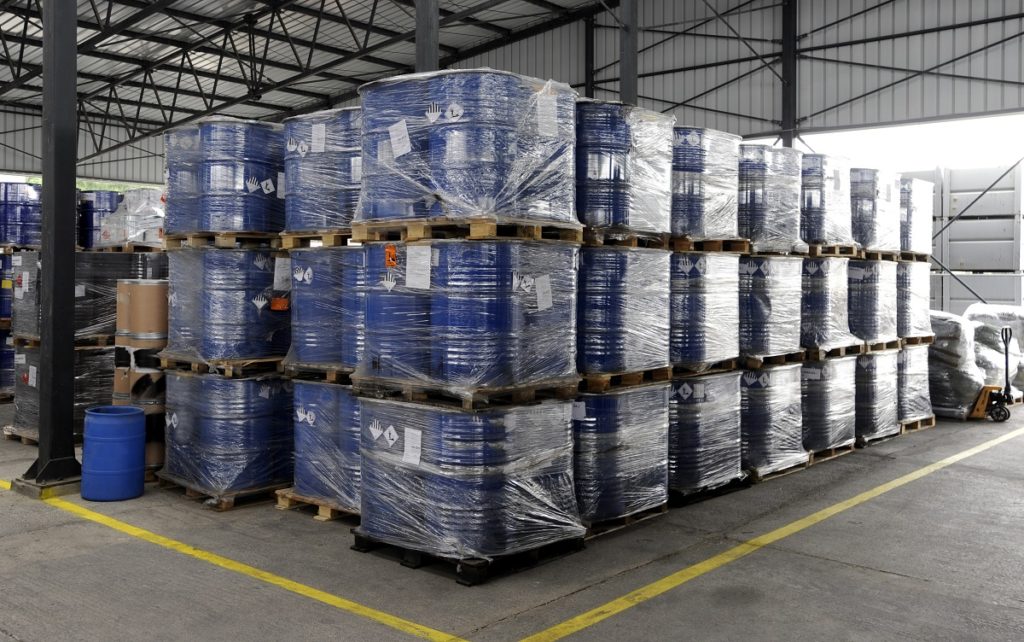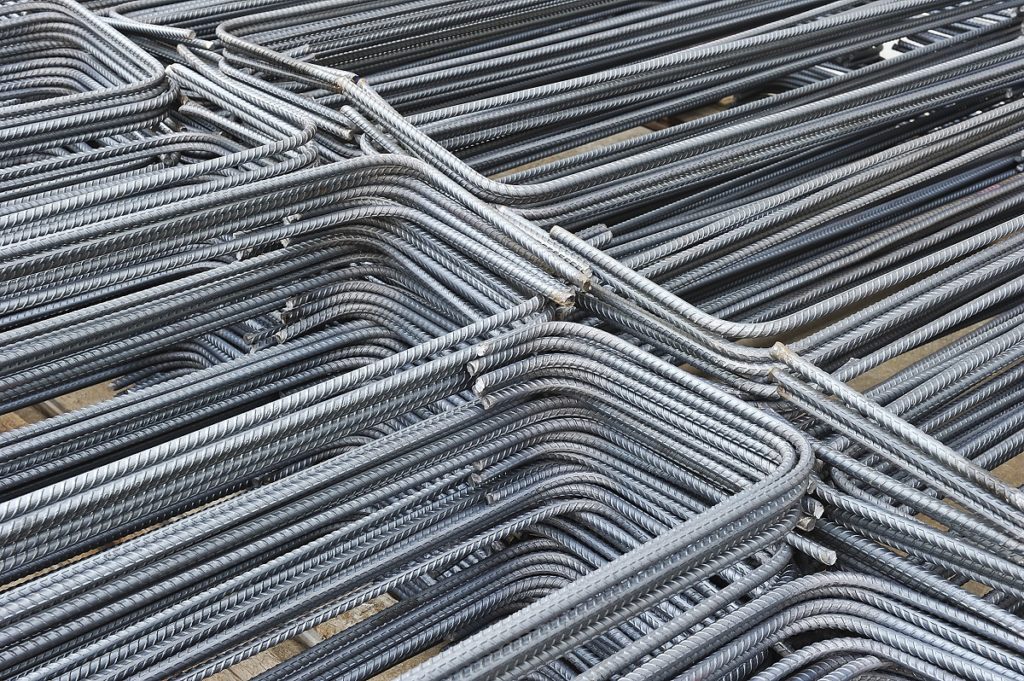For any production facility, materials handling is one of the core processes that can always use some improvement, regardless of the product or the industry that the facility caters to. There’s always a way to make things better and to get things into working order — all that you need is the know-how to do it.
However, not all facilities can be privy to this kind of knowledge. More than that, depending on the needs of the production line, some areas can be cut or even ignored for the sake of getting the product out. This can be costly at least and dangerous at most: there are some areas when it comes to material handling where a misstep can be hazardous.
Here are some principles of material handling that every production facility should follow:
Transport
Assuming that the core processes of material handling have already been taking care of — manufacturing, processing, and so on — the next logical area would be transport. This not only applies to shipping and handling but to transport of either finished or unfinished product within the facility. This is often a crucial area that can cause many problems if left attended, and is best maintained via automation or human oversight.
The proper equipment like tabletop conveyors, lifts, and other transport equipment should be adequately provided and maintained throughout the facility. This not only optimizes the manufacturing process but prevents accidents from mishandling the material or finished product.
Automation
There’s an increasing push towards automation in many industries today, and it’s easy to see why: machines don’t tire, are generally more reliable than human workers, and need less upkeep. But the biggest reason that you should factor automation in materials handling is that it can safely interact with your product without damage to itself.
This is particularly important in facilities that may be handling materials that are dangerous to humans when in their unprocessed form. While this can typically be bypassed with protective equipment, it’s undoubtedly more effective to change it via automation of material handling processes.
Ergonomics

Finally, while automation can and will play an essential part in how materials handling and processes for the modern facility will develop, there’s still very much a need for human oversight when it comes to operations. It’s not only required for maintenance but quality analysis and product review as well.
For this reason, ergonomics — especially when it comes to material handling — is a key consideration that any facility should keep in mind. Making reviews easier for human oversight while simultaneously streamlining the review process can help boost the efficiency of any production facility. And perhaps more importantly, it allows for a more evident hierarchy to follow when it comes to manufacturing operations.
While materials handling is only one part of the manufacturing process, it’s still a core component that can determine how well a facility can meet its output quota. Knowing some basics or principles of what makes a good assembly line can make all the difference when it comes to product manufacturing.




